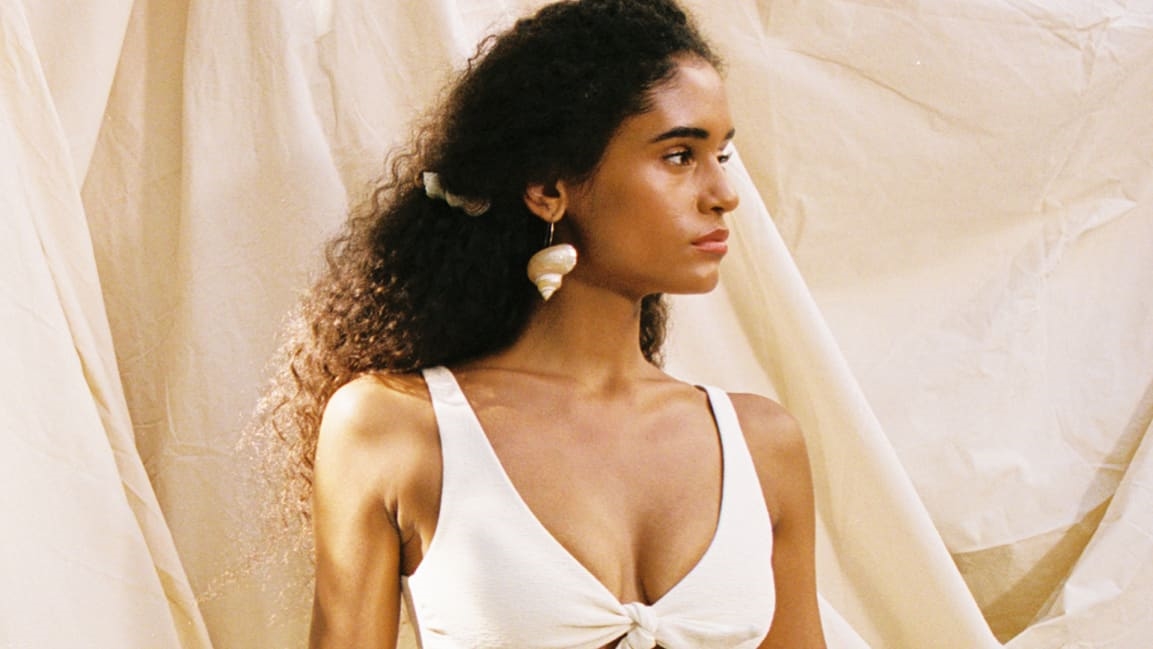How plastic bottles that get turned into textiles are transforming the fashion industry
“Around four years ago, we as a company were on this trajectory of manufacturing more and more, and I just had a little bit of a breakdown about that–I didn’t want to keep doing this unless we could find a way to change every aspect of what we were doing,” says designer Mara Hoffman, one of the major players in the fashion industry who has begun integrating recycled plastic bottles into her fabrics.

As a swimwear designer, Hoffman was especially concerned about the environmental impacts of the nylon and polyester. These two synthetic materials are both resource-intensive to produce, and difficult or impossible to recycle. A few years before Hoffman’s crisis of conscience, though, the materials company Unifi developed Repreve, a fiber made from upcycled plastic bottles. Hoffman began to work Repreve into her swimwear, joining brands like Patagonia and Quicksilver that had already begun to use the high-performing and sustainable material in their athletic wear.
When Hoffman began to make swimwear from Repreve in 2017, it was still fairly cutting edge and obscure. Now clothing made from recycled plastic bottles is trendy, if not mainstream.

What both Hoffman and Helen Sahi, VP of global corporate sustainability at Unifi, hope will boost the growing popularity of recycled plastic textiles is transparency around what it actually takes to manufacture this material, and what it can be turned into. During New York Fashion Week earlier this month, Hoffman and Unifi, along with brands like Nike and Rothy’s that use Repreve, set up a demonstration room where visitors could see how plastic bottles are turned into textiles, and what those textiles can become.

People could see the bottles at every stage. First, the bottles are broken down into small flakes at the Repreve Bottle Processing Center in North Carolina, which can handle around 2.2 billion bottles a year. Those flakes are then melted down into tiny pellets at a separate facility. There, the chips are melted again, and filtered and spun into threads through a process that resembles grinding wheat, Sahi says. Depending on how the threads are treated, they can mimic nylon or polyester. Visitors then could see swimwear, shoes, and clothing that had been made from the recycled materials. Those goods, Sahi says, can then continue on the circular trajectory and be broken down and recycled again at the end of their life through Repreve’s “Textile Takeback” program.

You can watch a video of the process here:
Repreve sources its bottles from recycling companies around the U.S. To date, over 14 billion bottles have been recycled into Repreve threads; the company is on track to meet its goal of repurposing 20 billion by 2020. Sahi notes that a major benefit of the Repreve process is the energy saved by recycling rather than manufacturing the materials: Repreve estimates that its method has conserved enough energy to power over 95,000 homes for a year.
(30)



